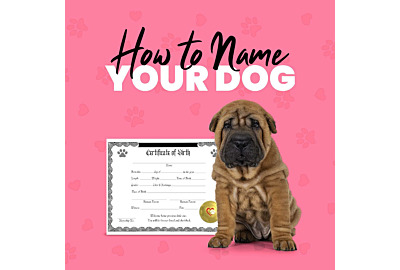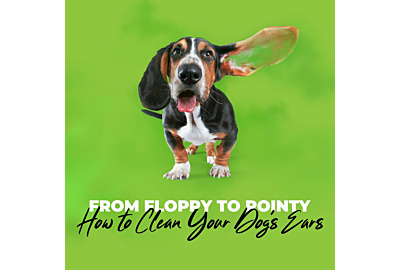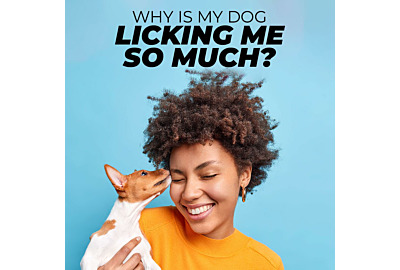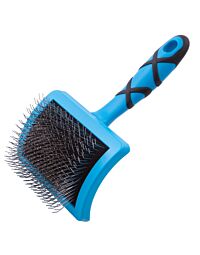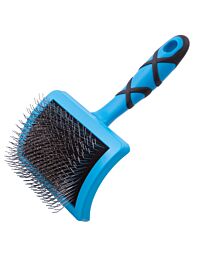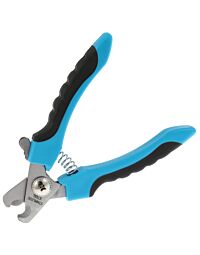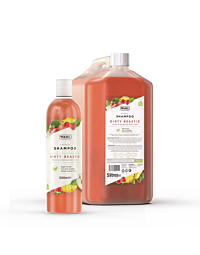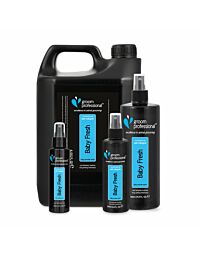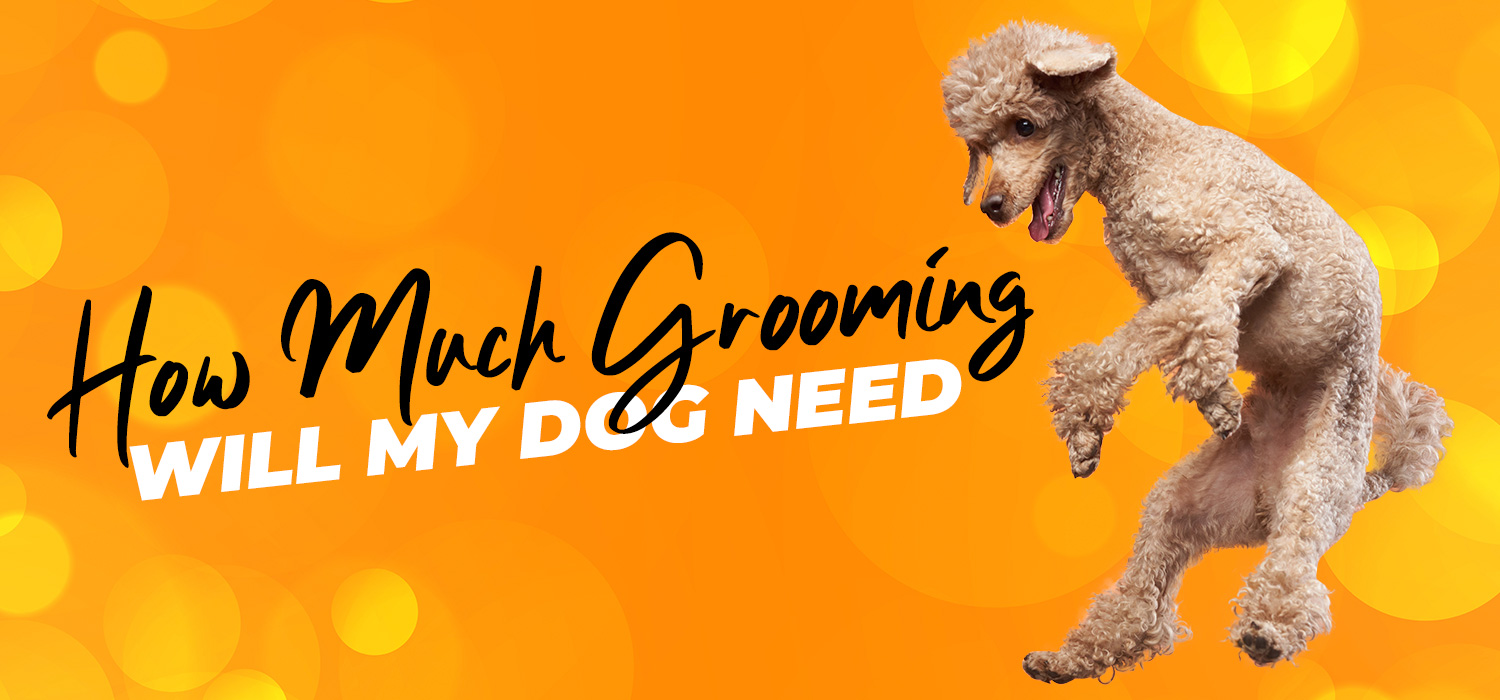
Being a pet parent comes with a lot of responsibilities, one of which is making sure that your dog is well groomed. In the past, dog grooming was thought of as being frivolous and unnecessary, but the truth is that regular grooming is very important for your dog’s health.
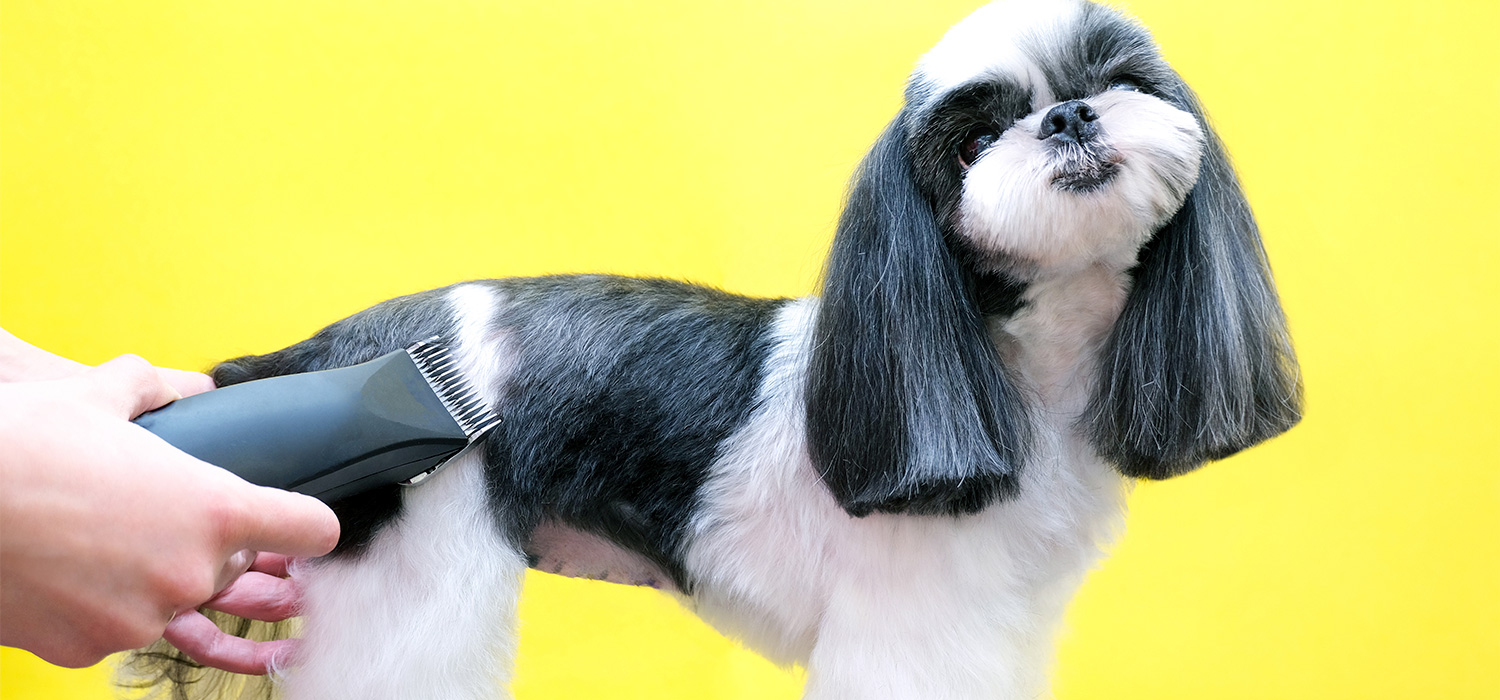
Grooming your dog can:
- Keep your dog’s coat in good condition.
- Minimise the risk of skin problems.
- Help to prevent parasites like fleas, ticks and mites.
- Protect your dog’s paws and joints (with pain and deformities caused by excessively long claws).
- Prevent ear infections.
- Keep your furbaby smelling nice.
- Enable you to spot health problems early.
- Help your dog to keep happy and comfortable.
- Ensure your canine companion looks their best!
So, how much grooming will my dog need?
Every dog is different and so there’s really no one-size-fits-all answer as to just how often you should groom your furry friend. However, there is some general advice that we can provide which will give you a rough indication as to how regularly different grooming elements should be carried out – either at home by you, by a professional groomer, or a combination of the two.
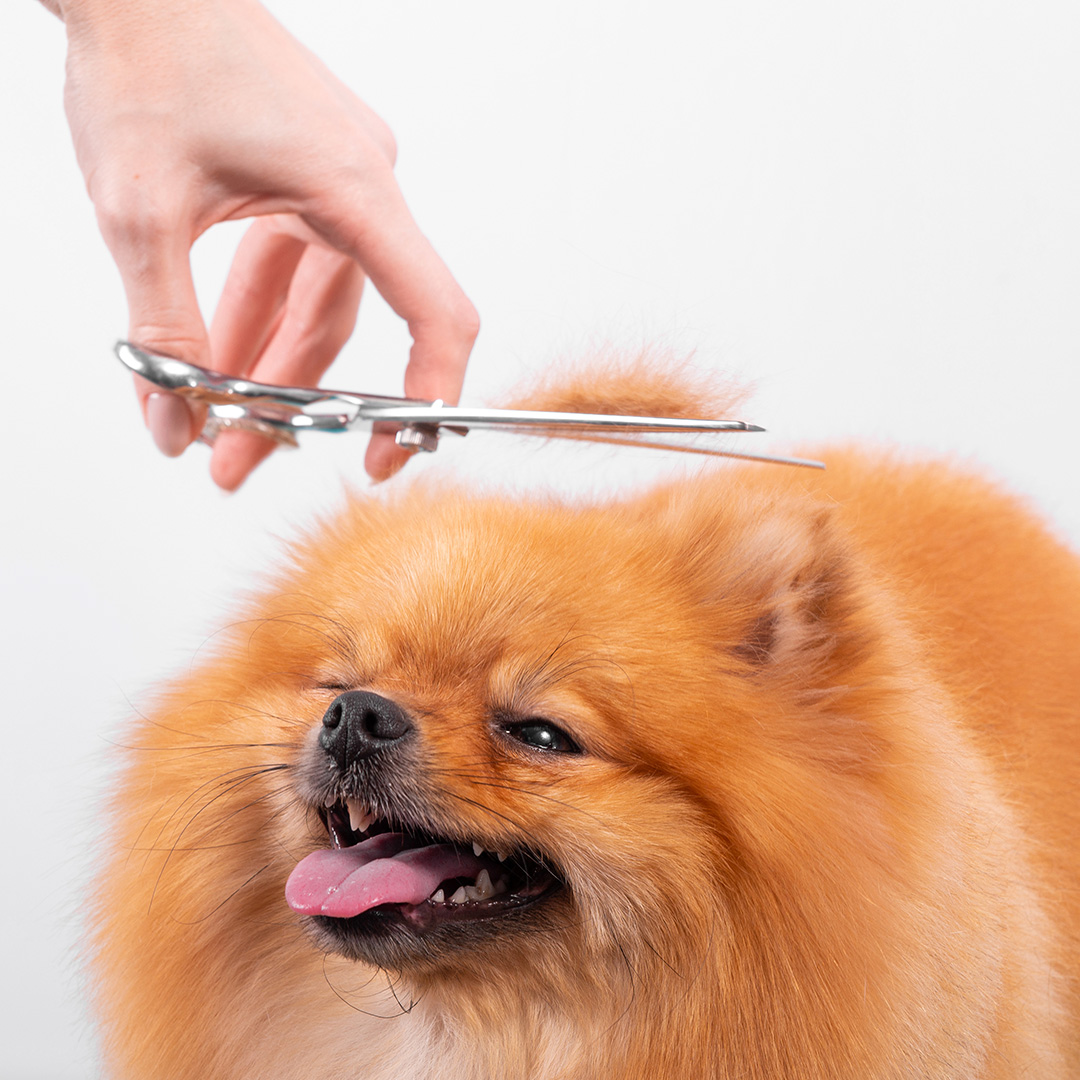
Brushing and trimming short-haired dogs
Unsurprisingly, short-haired dogs generally need brushing less than their longer-haired buddies. Breeds like Labradors, English Bull Terriers, Basset Hounds and Boxers usually only need to be brushed well about once a week, unless they are shedding. If they’re shedding, aim to brush them two or three times each week to remove any loose fur from their coat and keep it tangle-free. As you might expect, short-haired dogs rarely require their coat trimmed, unless they have an undercoat that needs to be stripped away.
Brushing medium-haired dogs
Medium-length hair dog breeds include Greyhounds, Shih Tzu’s, Beagles and German Shepherds. With a little more hair to contend with, owners should aim to brush their furbaby at home at least three or four times per week for optimal coat health. Some breeds will also benefit from having their coat trimmed or their undercoat stripped away too.
Brushing long-haired dogs
As you’ve probably guessed, long-haired dogs are the most demanding when it comes to coat-care. Long-haired dog breeds include Bearded Collies, Lhasa Apso’s, Pekingese and a few different types of Spaniel. With longer hair, their coats are prone to tangles and matting, so daily brushing is recommended to keep it in the best possible condition. Some longer-haired breeds will also need their coats trimmed or undercoats stripped as often as every eight weeks. It can be difficult to trim a dog’s coat evenly yourself, so it’s best to leave this in the hands of a professional!
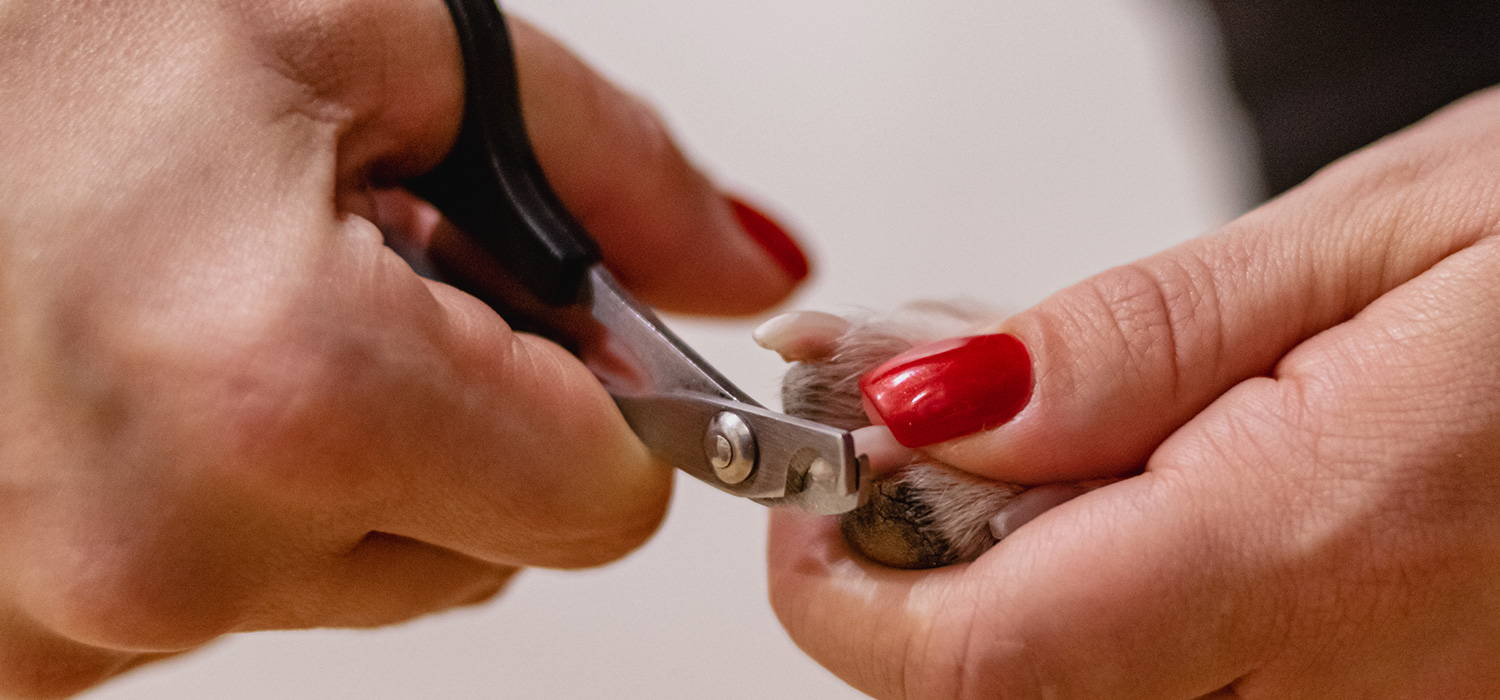
Claw clipping
Just like your own nails, your dog’s nails will grow continuously during their lifetime. Active dogs usually wear their claws down naturally by walking and running on hard surfaces. However, dogs that are less mobile – for example those with conditions like arthritis – may require regular claw trims. Keeping your dog’s claws the right length is important for several reasons:
- To protect yourself and your furniture from scratches and damage.
- To prevent their nails from growing long enough that there is pressure on them when your dog stands, pushing them painfully back into their paw.
- To prevent their nails from growing round and digging into their flesh – and the pain and risk of infection that accompanies this.
Although you can clip your dog’s claws yourself at home, many people prefer to entrust this tricky grooming task to a professional.
Teeth cleaning
Brushing your dog’s teeth is probably the hardest aspect of grooming, but it’s also vitally important. Dogs are at severe risk of periodontal disease – better known as gum disease. It forms when plaque on your dog’s teeth gets onto their gums and causes redness, swelling, bleeding, bad breath, dental pain and even tooth loss. In humans, periodontal disease has been linked to chronic health conditions like diabetes, heart disease and even cancer – and there’s every chance that it could affect the general health of your precious pooch too. Regular brushing – at least once every week – with a canine-approved toothpaste is the best way to keep periodontal disease at bay.

Bathing
How often you should bathe your dog really depends on how dirty they get, how quickly they start to smell and whether or not they have any issues with their skin. Some dogs only require a full bath a few times each year, while others can benefit from a monthly dip to get them properly clean. If your dog has sensitive skin, or has been diagnosed with a skin condition, less is usually more as washing removes their natural skin barrier – which could make their symptoms worse. However often you decide to bath your dog, one thing is crucial – that you, or your groomer, use canine-approved shampoos. The main reason for this is that dog’s skin has a different pH balance to our own, meaning our own bath products can cause irritation, soreness and other problems. Fortunately, there are plenty of dog-friendly shampoos and other grooming products that can ensure that your pampered pooch can safely be kept in tip-top condition.










